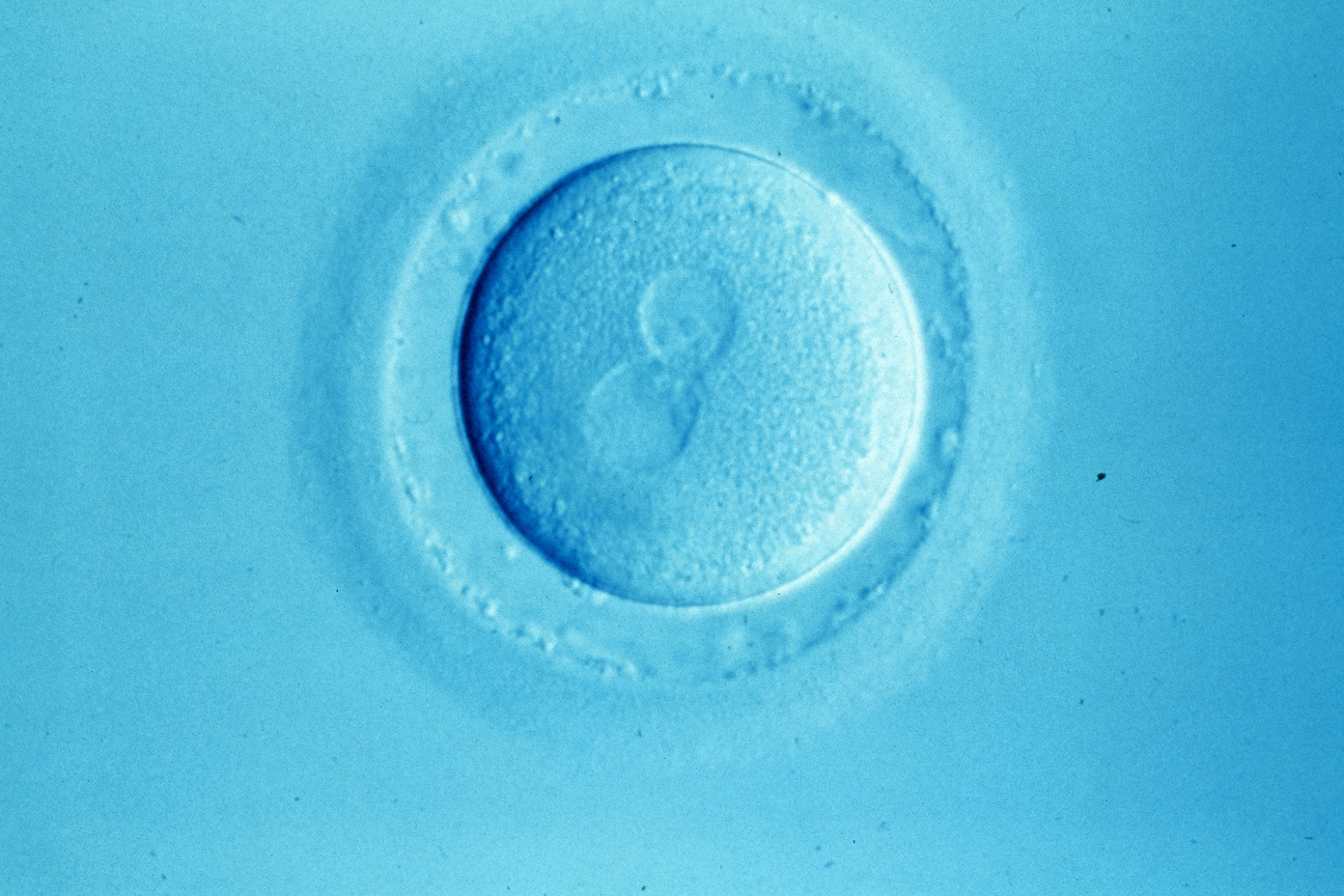Forty years ago last month, the first IVF baby came screaming into the world, after ten long years of pioneering medical trials.
Louise Joy Brown was born on the 25 July 1978 in Oldham and District General Hospital in Manchester, heralding in the beginning of the IVF era. Now, some 6 million babies later, IVF is a widely established technique and provides hope for people with infertility around the globe.
To mark the occasion, the Science Museum in London hosted an evening in conversation with Louise Brown and Professor Roger Gosden, who is an expert in female reproduction and a former doctoral student of one of the original IVF pioneers, the late Professor Sir Robert Edwards.
The event was chaired by the Science Museum's director of external affairs, Roger Highfield, who led the conversation through the tumultuous history of IVF. The discussion ranged from the media circus surrounding Louise's birth and the impact on her life, to the current state of IVF technology and science including the frustration at the relatively slow improvement in IVF success rates.
It was a privilege to attend and to appreciate the very humble beginnings of what is now a widely accepted treatment for infertility, but was once a controversial and highly criticised endeavour.
The evening was sound tracked by the songs that were topping the charts around the time of Louise's birth and, much to our surprise, we were even treated to a live rendition of 'You're the one that I want', which was number one on the day of delivery. Internationally acclaimed singer, pianist and songwriter Joe Stilgoe, who was performing at the next event at the Science Museum, stopped in early to treat us to his version of the classic from Grease, as well as a song from Louise's favourite band, Take That.
He finished by leading us in a chorus of Happy Birthday to Louise, while she was presented with a cupcake decorated with a single candle and a spectacular newly published image of an early-stage embryo, grown in the same lab where she was conceived.
The event accompanied a new exhibition in the 'Who am I?' gallery of the museum entitled 'IVF: 6 Million Babies Later', which opened on 5 July.
The exhibit sheds light on the ten years of challenging research preceding Louise's birth, where British scientists Professor Edwards, Dr Patrick Steptoe and Jean Purdy (see BioNews 917) struggled against countless setbacks and challenges to provide an alternative method of conception for infertile couples.
For example, the exhibition lays out the statistics of the early years of IVF research. An incredible 282 brave women took part in the research, undergoing 457 attempted egg collections, with 167 cycles resulting in fertilisation, 112 embryo transfers, and just five clinical pregnancies culminating in the first live birth.
It was really powerful to see the statistics laid out so plainly. As someone who has the privilege of only ever being aware of IVF in a world where the practice is commonplace, it came as a surprise the vast majority of the experiments in those first 10 years were failures. It struck me that those scientists, and especially those patients, must have been incredibly resilient to persevere, and we owe them a debt of thanks for doing so.
I think that it is really worth keeping those figures in mind when discussing the state of IVF today. Despite the relatively slow rise in success rates in recent years, it really is a world away from those early days.
Professor Gosden had made a similar point in the conversation earlier in the evening and added that human reproduction, even in individuals without fertility issues, is notoriously inefficient, with just a 25 percent chance of pregnancy per menstrual cycle.
There is so much still to discover about human fertility. Despite the challenges of conducting that type of research due to obvious ethical restrictions, there is hope that with technological innovations and brilliant minds on the case we can unravel some of the mysteries of this inefficient system we have for reproduction.
The exhibition includes some of the original equipment used by the team, not least surgeon Dr Steptoe's laparoscope, which was a key tool in the success of IVF. The laparoscope allowed the visualisation of patients' internal organs during operations through tiny holes in their bodies, essentially 'keyhole' surgery, which reduced recovery time and the risks associated with complicated open surgeries. It was really amazing to appreciate the impact of relatively simple-looking tools on the success of IVF, and it allows you to visualise the procedure much more clearly.
The exhibition is thoroughly engaging, informative and definitely worth a visit, even just to marvel at how far we've come since that iconic day in 1978, and to appreciate the heroics of the many scientists, nurses and patients involved in those first incredibly difficult years.
Professor Gosden has conducted research estimating the effect of IVF on the world's population, and his computational models suggest up to 400 million babies could exist as a result of IVF by the end of this century (see BioNews 943). The world of IVF is really only just beginning.
'IVF: 6 Million Babies Later' runs at the Science Museum until November 2018.




Leave a Reply
You must be logged in to post a comment.